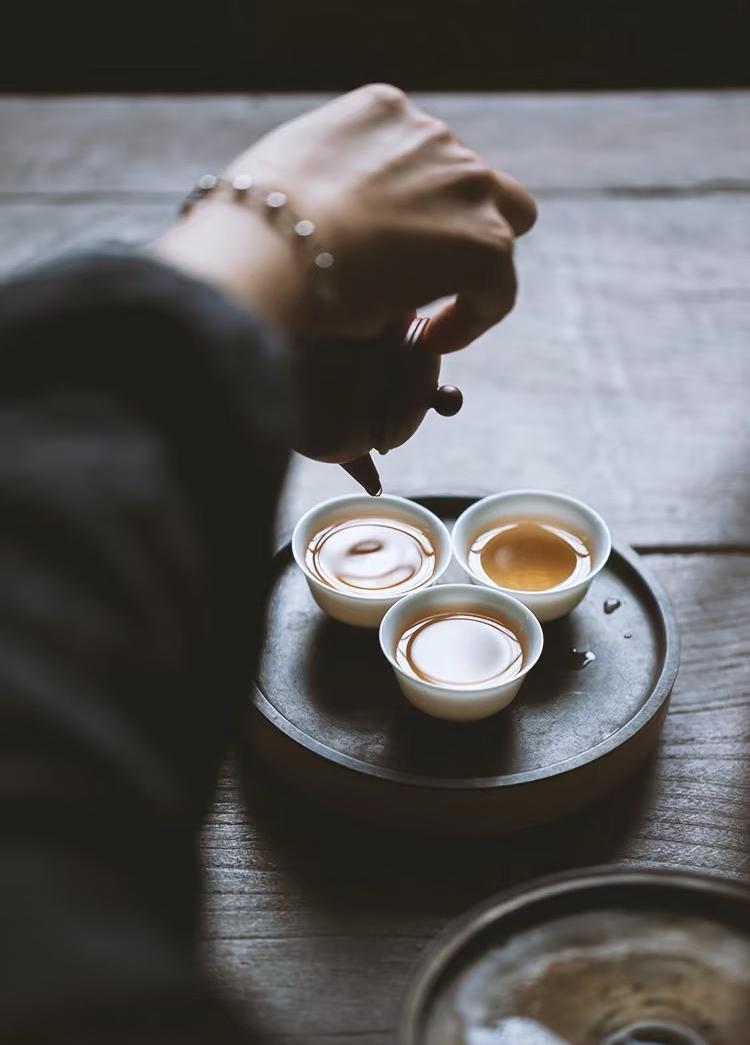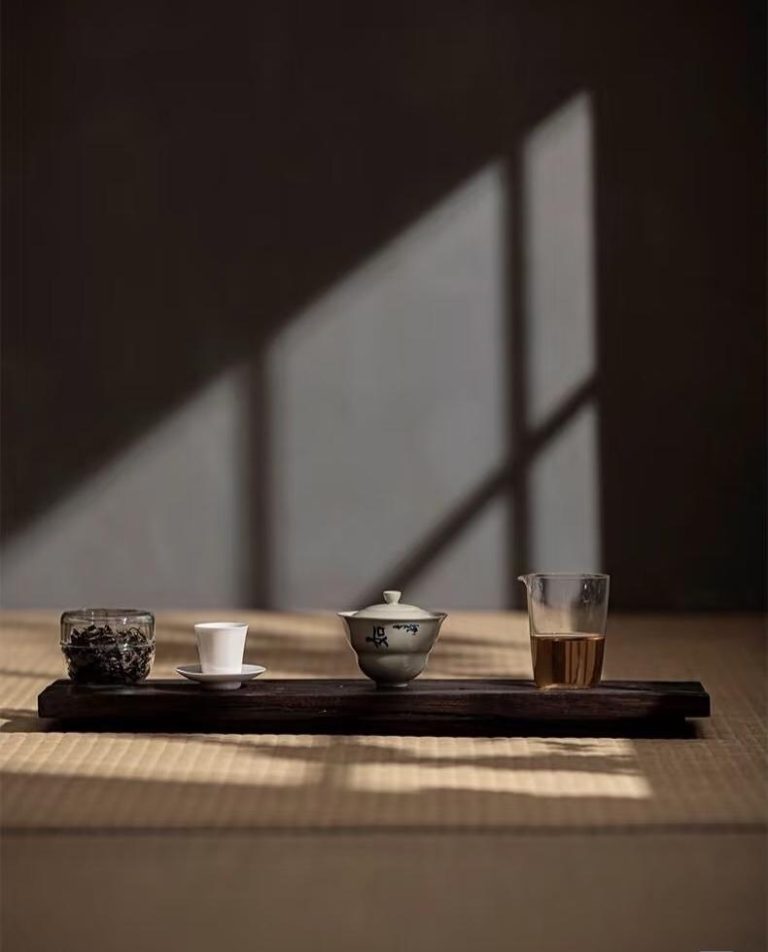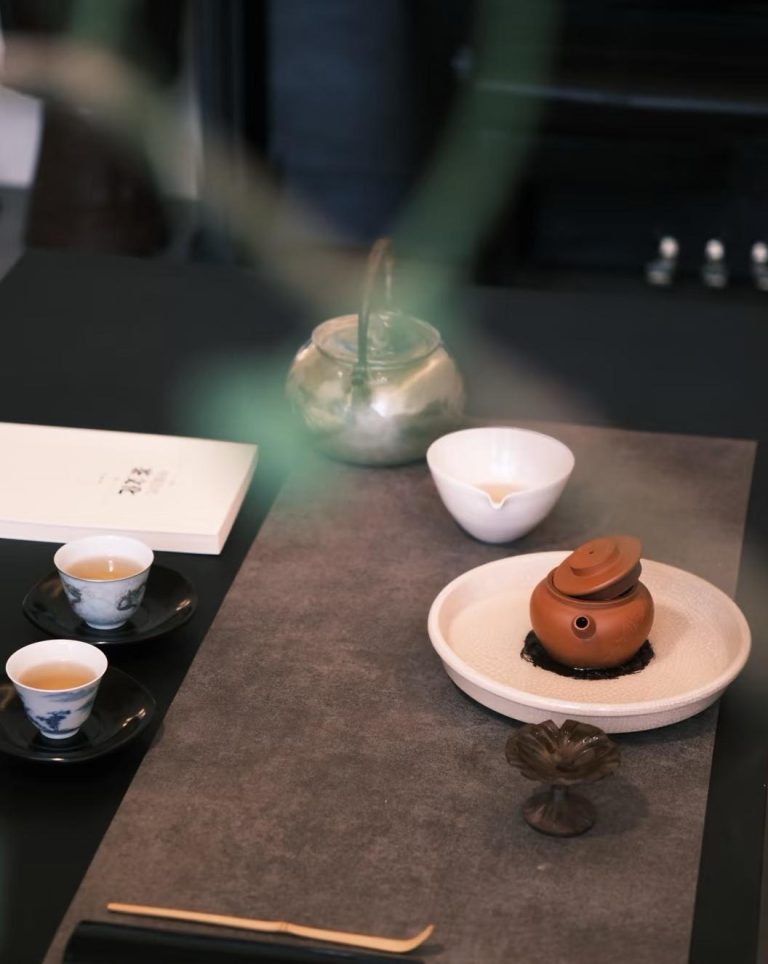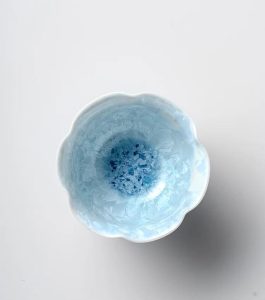
Raw Pu Erh Tea, a captivating variety of Chinese tea, invites you to explore its distinctive flavors. This type of pu erh tea, renowned for its aging potential, offers a journey through taste that evolves. Sampling different teas broadens your palate and enriches your tea experience. As a beginner, diving into the world of pu erh tea can be both exciting and rewarding. Embrace this opportunity to discover something new and delightful. Your adventure with raw pu erh tea starts here, and who knows where it might lead?
Understanding Raw Pu Erh Tea
What is Raw Pu Erh Tea?
Definition and Characteristics
Raw pu erh tea, also known as sheng cha(生茶), is a unique Chinese tea. It starts with unfermented tea leaves that can age over time, developing complex flavors. When young, it resembles green tea with floral and sweet notes. You might notice earthy, woody, and sweet characteristics as it ages. Unlike ripe pu erh, raw pu erh tea retains a stronger vegetal flavor.
History and Origin
The history of pu erh tea stretches back over 1,400 years to the Tang Dynasty. Merchants began packing large tea leaves into compressed bricks, creating what we now know as pu-erh tea. This tea became famous along The Silk Road during the Eastern Han Dynasty. Its unique taste and medicinal qualities made it highly sought-after. During the Ming and Qing Dynasties, its popularity soared, earning it the nickname “the wine of Chinese tea.”
Types of Raw Pu Erh Tea
Regional Varieties
Pu erh tea originates from Yunnan, China, and different regions produce distinct varieties. Each area offers unique flavors influenced by local climate and soil. Exploring these regional differences can be an exciting part of your tea journey. You might find some teas more floral, while others have a stronger earthy profile.
Aging and Flavor Profiles
The aging process plays a crucial role in shaping the flavor of raw pu-erh tea. Young raw pu-erh often has a grassy character, but as it ages, it develops a delightful aged aroma. You might taste notes of earthiness, woodiness, or even sweetness. The aging capabilities of the tea trees enhance these flavors, making each sip a new experience.
Getting Started with Raw Pu Erh Tea


Embarking on your journey with raw pu erh tea can be both thrilling and a bit daunting. With so many options available, it’s essential to know where to start. Let’s dive into how you can choose your first pu-erh and begin tasting and experimenting with this fascinating Chinese tea.
Choosing Your First Pu Erh
Factors to Consider
When selecting your first raw pu-erh tea, consider what you’re looking for in a tea experience. Are you drawn to intense and complex flavors, or do you prefer something more soothing and comforting? Raw pu erh teas often appeal to those seeking a bold and intense experience. Think about the flavor profiles you enjoy. Do you like floral, sweet, or earthy notes? The taste of pu erh can vary widely, so knowing your preferences will guide your choice.
Reputable Sources and Quality
Purchasing from a trusted source is crucial. Just like Champagne must come from a specific region in France, authentic pu erh tea originates from Yunnan, China. Buying from reputable sellers ensures you receive genuine pu erh tea, free from mold or impurities. Be cautious of fake pu erh teas on the market. Look for sellers who provide detailed information about the tea’s origin and quality. This way, you can enjoy a consistent and delightful tea experience.
Tasting and Experimenting
Developing Taste Preferences
Once you’ve chosen your first pu erh, it’s time to taste and experiment. Start by brewing small amounts to explore the flavors. Notice how the taste evolves with each steeping. You might find that certain brewing methods enhance specific notes. Keep a journal of your experiences. Write down what you like or dislike about each tea. Over time, you’ll develop a clearer understanding of your taste preferences.
Common Mistakes to Avoid
As you explore raw pu erh tea, avoid some common pitfalls. Don’t rush the brewing process. Pu erh tea requires patience to unlock its full potential. Pay attention to water temperature and steeping time. Too hot or too long can result in bitterness. Also, don’t store your tea in damp or odorous places. Proper storage preserves its unique taste and aroma. By avoiding these mistakes, you’ll ensure a more enjoyable tea journey.
Brewing Techniques for Beginners


Brewing raw pu erh tea can feel like an art form. With the right techniques, you can unlock its rich flavors and aromas. Let’s explore some basic brewing methods and tips to help you get started.
Basic Brewing Methods
Traditional Techniques
Traditional brewing methods for raw pu-erh tea often involve the Gong Fu style. This method uses a higher leaf-to-water ratio and shorter steeping times. You might find this approach enhances the subtle differences in aroma, flavor, and mouthfeel. To begin, use a small teapot or gaiwan(盖碗). Add the right amount of tea(Usually 8-10% of the water injection volume), then pour hot water over them. Let the tea steep for a short time, usually around 10 to 20 seconds. This method allows you to enjoy multiple infusions, each revealing new layers of flavor.
Modern Approaches
Modern brewing approaches offer more convenience while still delivering a delightful tea experience. You can use a simple teapot or even a French press. Start by adding a moderate amount of tea leaves. Pour hot water over the leaves and let them steep for a few minutes. This method is less precise than the Gong Fu style but still provides a satisfying cup of tea. Experiment with different steeping times to find what suits your taste.
Tips for the Perfect Brew
Water Temperature and Steeping Time
Water temperature and steeping time play crucial roles in brewing raw pu-erh tea. Use water heated to around 195-212 degrees Fahrenheit (90-100 degrees Celsius). This temperature helps extract the tea’s flavors without causing bitterness. For the Gong Fu method, keep steeping times short, around 10 to 20 seconds. If using a modern approach, aim for 2 to 3 minutes. Adjust these times based on your taste preferences.
Tools and Equipment
Having the right tools can enhance your brewing experience. Consider investing in a gaiwan or a small teapot for traditional methods. A tea scale can help measure the right amount of leaves. For modern brewing, a simple teapot or French press works well. Ensure your equipment is clean and free from odors to preserve the tea’s natural flavors. These tools make brewing raw pu erh tea both enjoyable and rewarding.
By exploring these brewing techniques, you can fully appreciate the unique qualities of raw pu erh tea. Whether you prefer traditional or modern methods, each cup offers a new adventure in taste. Enjoy the journey as you discover the rich world of Chinese tea.
Building Your Knowledge
Resources and Communities
Diving deeper into the world of raw pu-erh tea opens up a wealth of resources and communities. Online platforms like Steepster offer a space where you can rate your favorite teas, leave tasting notes, and join discussions. It’s a great way to connect with fellow tea enthusiasts. You might also explore Tea Chat, a dedicated forum with various themes and groups. Here, you can swap teas and even organize group buys. Instagram is another vibrant community where you can meet tea lovers and share experiences. These platforms provide valuable insights and foster a sense of belonging.
Continuing Your Tea Journey
Your journey with Chinese tea doesn’t have to stop here. Consider attending local tea tastings or workshops. These events offer hands-on experiences and expert guidance. Reading books about tea culture and history can also deepen your understanding. Keep experimenting with different types of pu erh tea. Each variety offers a new adventure in taste. Remember, the more you explore, the richer your tea journey becomes.
Personal Insights and Recommendations
Sharing Experiences
Sharing your experiences with raw pu erh tea can be incredibly rewarding. Start a blog or join online forums to document your journey. Discuss the flavors you discover and the brewing techniques you try. Engaging with others helps you learn and grow. You might even inspire someone else to start their tea adventure.
Encouragement to Explore
Don’t hesitate to explore beyond your comfort zone. Try new varieties and experiment with different brewing methods. Each cup of pu erh tea tells a story, and every sip brings you closer to understanding this fascinating Chinese tea. Embrace the unknown and enjoy the journey. Who knows what delightful flavors await you?
Exploring Raw Pu Erh Tea opens a world of unique flavors and experiences. You’ve learned about its history, types, and brewing techniques. Now, it’s time to continue your journey. Embrace the complexity and variety that each cup offers. As Tea for Me Please shared, finding the right region can transform your experience. Don’t hesitate to try new varieties and methods. Your adventure with Raw Pu Erh Tea is just beginning. Enjoy every sip and discovery along the way!












